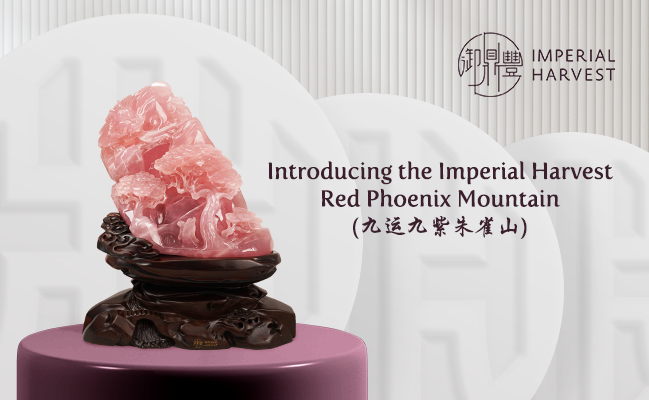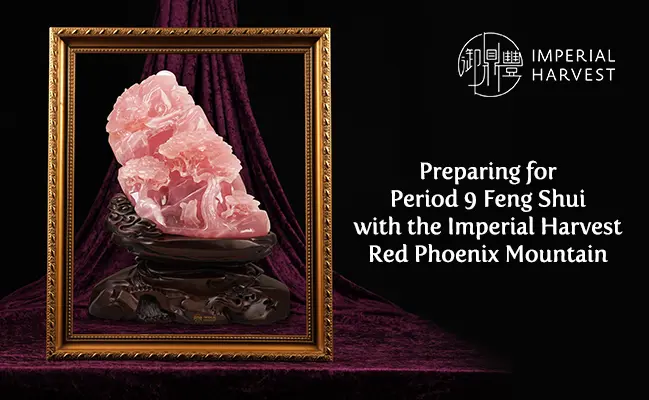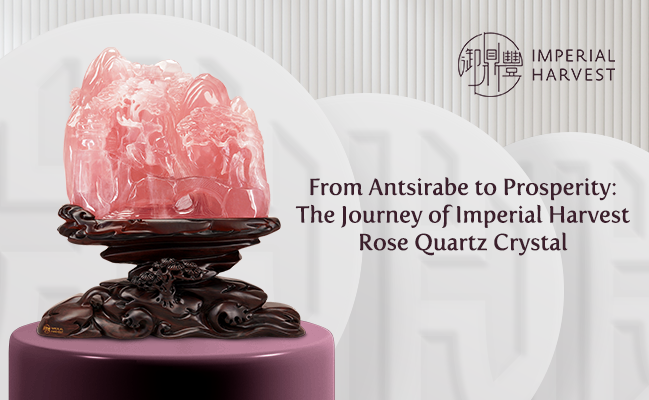

Posted by Imperial Harvest on 20 October 2023
Traditions of the Chong Yang Festival
Estimated Reading Time: 3 mins
According to ancient Chinese traditions, the Chong Yang Festival (重阳节), also known as the Double Ninth Festival, is a celebration of abundance, prosperity and longevity. This auspicious occasion, rooted in the teachings of the I Ching and other ancient texts, holds a deep significance in Imperial Feng Shui.
In 2023, the Chong Yang Festival commences on 23 October.
Significance of the Chong Yang Festival
Known as the Book of Changes or Zhou Yi, the I Ching (Yi Jing, 易经) is an ancient Chinese classic text familiar to many Chinese metaphysics enthusiasts. This ancient manual is a cornerstone of classical Chinese literature, depicting intricate systems of philosophical thoughts, mathematical structures, and divination practices. According to principles explained by this Chinese classic, the number “6” corresponds to Yin energy, whereas “9” is associated with its counterpart, Yang. Additionally, the number, “9” is associated with longevity, eternity and imperial authority in Chinese metaphysics.
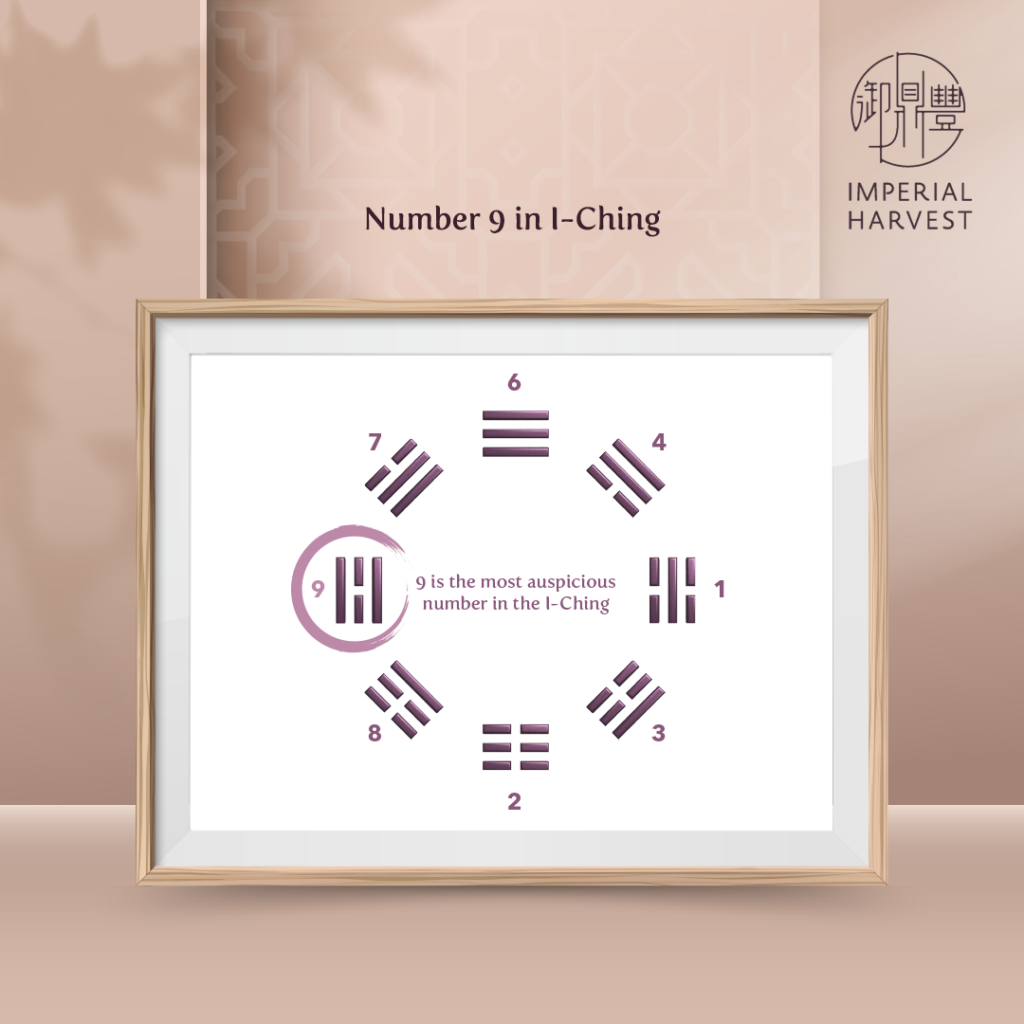
The festival, which falls on the ninth day of the ninth lunar month, is marked by the doubling of Yang energies, denoted by the character “chong” (重) in its name.
Historical Traditions of Chong Yang
The Chong Yang Festival is steeped in cultural traditions that have evolved over millennia, involving practices like viewing chrysanthemum trees in bloom, sipping chrysanthemum wine, and enjoying Chong Yang cakes. Another prominent tradition is ascending heights, emphasised by the Chinese idiom, “步步高升” — translating to “rise further with each step taken”. These auspicious customs invite good fortune and positivity, highlighting the significance of the initial first steps towards new heights in one’s career, business, and investment ventures.
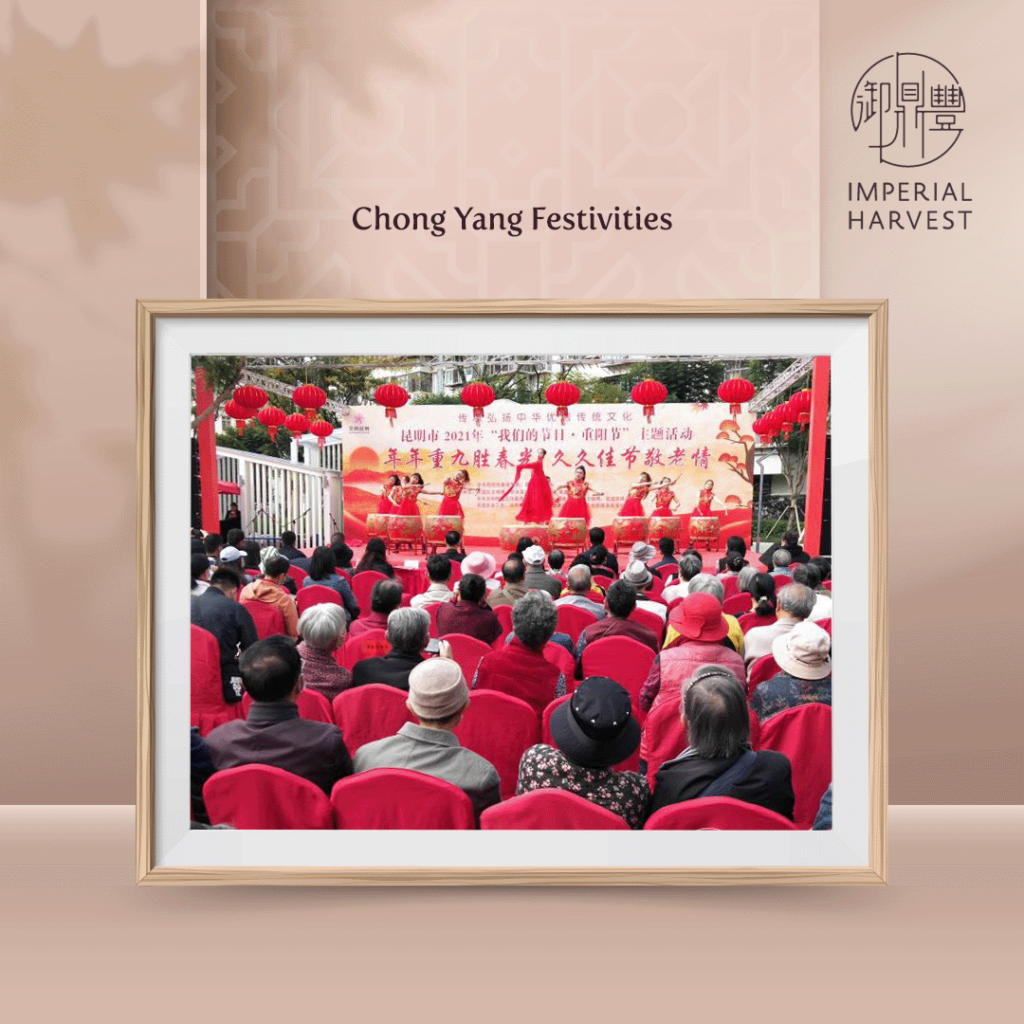
Coinciding with the solar term, Qiufen (秋分), the Chong Yang Festival also celebrated a prosperous harvest season. Communities around dynastic China celebrated the harvest with various festivities, additionally conducting heavenly prayers in gratitude for the season’s bounty. These customs were vital to the season’s celebrations, and adhered to by the ruling elite, classes of high-ranking nobility and commoners alike.
Leading the imperial rites during the Chong Yang Festival, the emperor led a pilgrimage to Mount Tai, a sacred mountain believed to be closest to the Heavens — an indication that prayers offered there would be more readily answered. Upon reaching the mountain’s summit, the emperor performs a series of elaborate rites known as Feng Shan (封禪), offering prayers and tributes in gratitude to the Gods of Heaven and Earth.
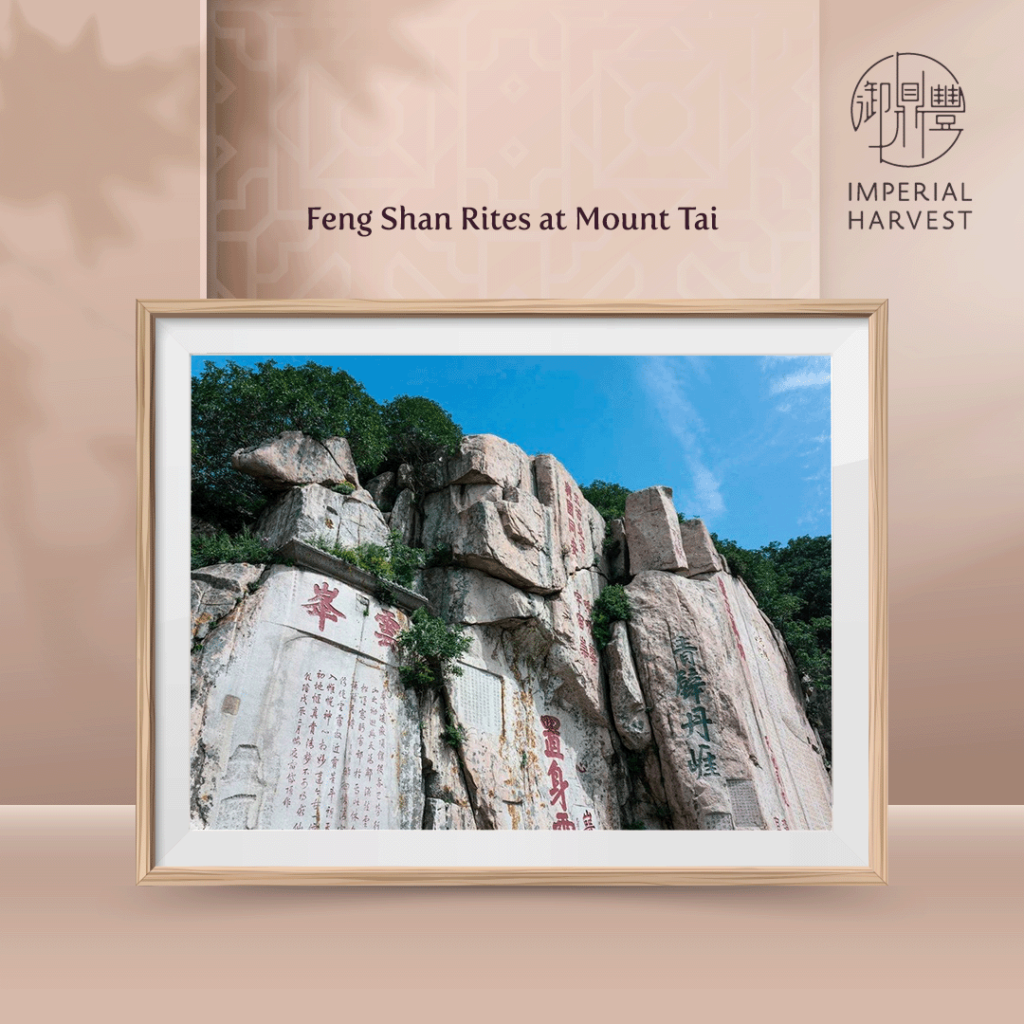
According to records originating from the Eastern Han dynasty, the Feng Shan rites comprised two main rituals: building altars using the soil at the summit of Mount Tai to offer prayers to the God of Heaven, and clearing the land at the foot of the mountain to express gratitude to the God of Earth. These rites were designed to align the forces between Heaven, Earth, and Man and express gratitude for the year’s harvest.
An Inspired Collection for the Chong Yang Festival
A well-cited tenet in Imperial Feng Shui is “山管人丁,水管财” — translating to “Mountains govern relationships, water governs wealth”. Underscoring the pivotal role of mountains in shaping an individual’s destiny, the Imperial Harvest Red Phoenix Mountain collection draws from their revered significance in Chinese culture.
During the Qing dynasty, Imperial Feng Shui experts faced a significant challenge when siting important imperial structures. With the position of Mountain stars shifting every 20 years – a single Feng Shui period – reorienting and reconstructing imperial palaces became technically and economically demanding. This need for innovation drove the Qing dynasty masters to develop ingenious and practical solutions, a quality that Imperial Harvest maintains today.
Imperial Harvest Red Phoenix Mountain Collection
The Imperial Harvest ethos is exemplified in our unwavering commitment to design excellence and cutting-edge innovation. From this realm of exceptional luxury emerges a masterpiece that defines the brand ethos —the Imperial Harvest Red Phoenix Mountain.
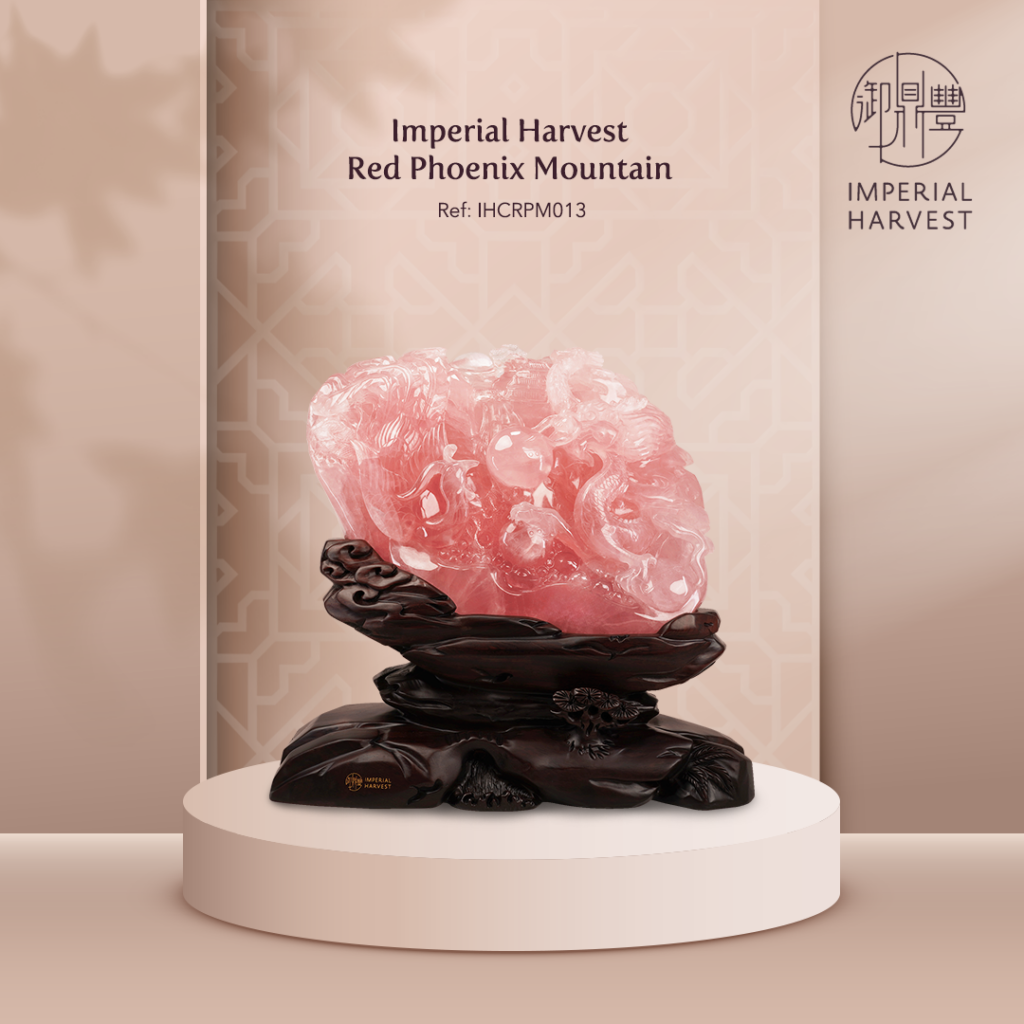
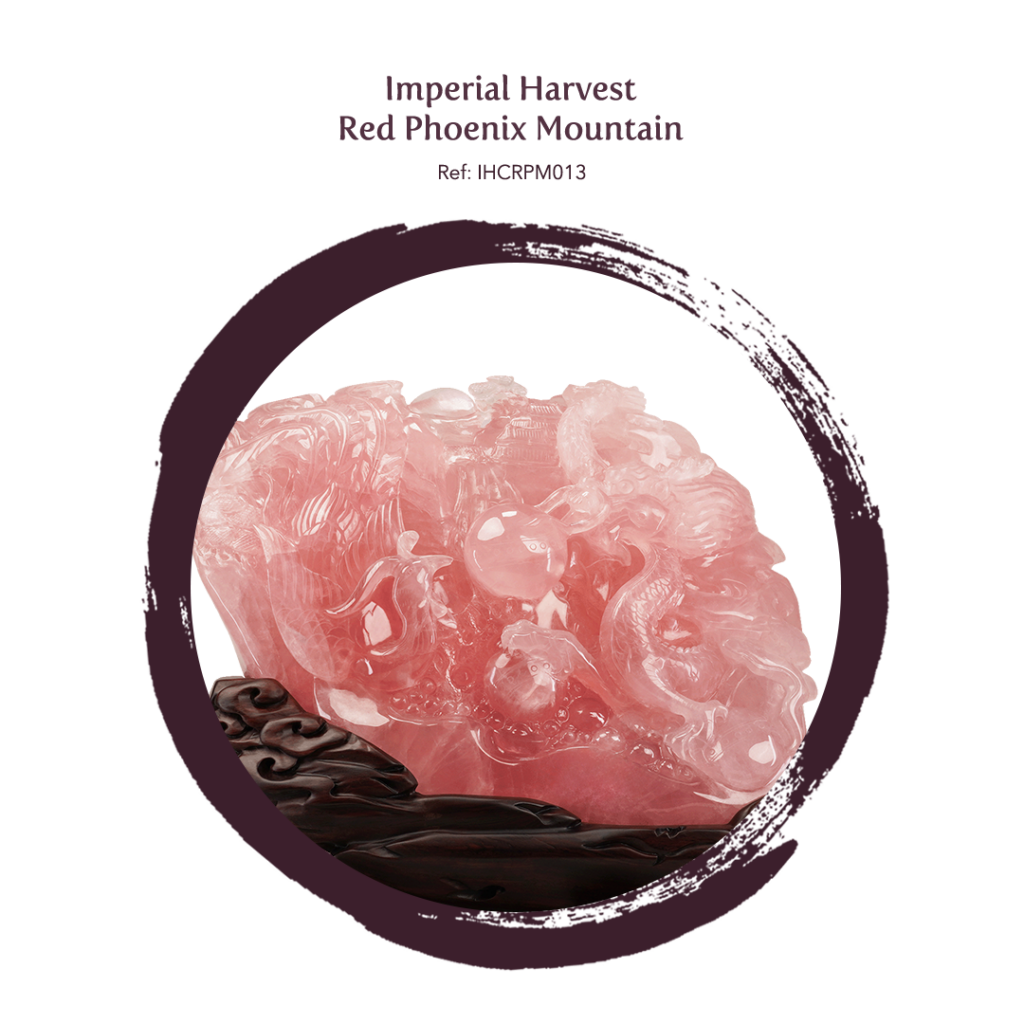
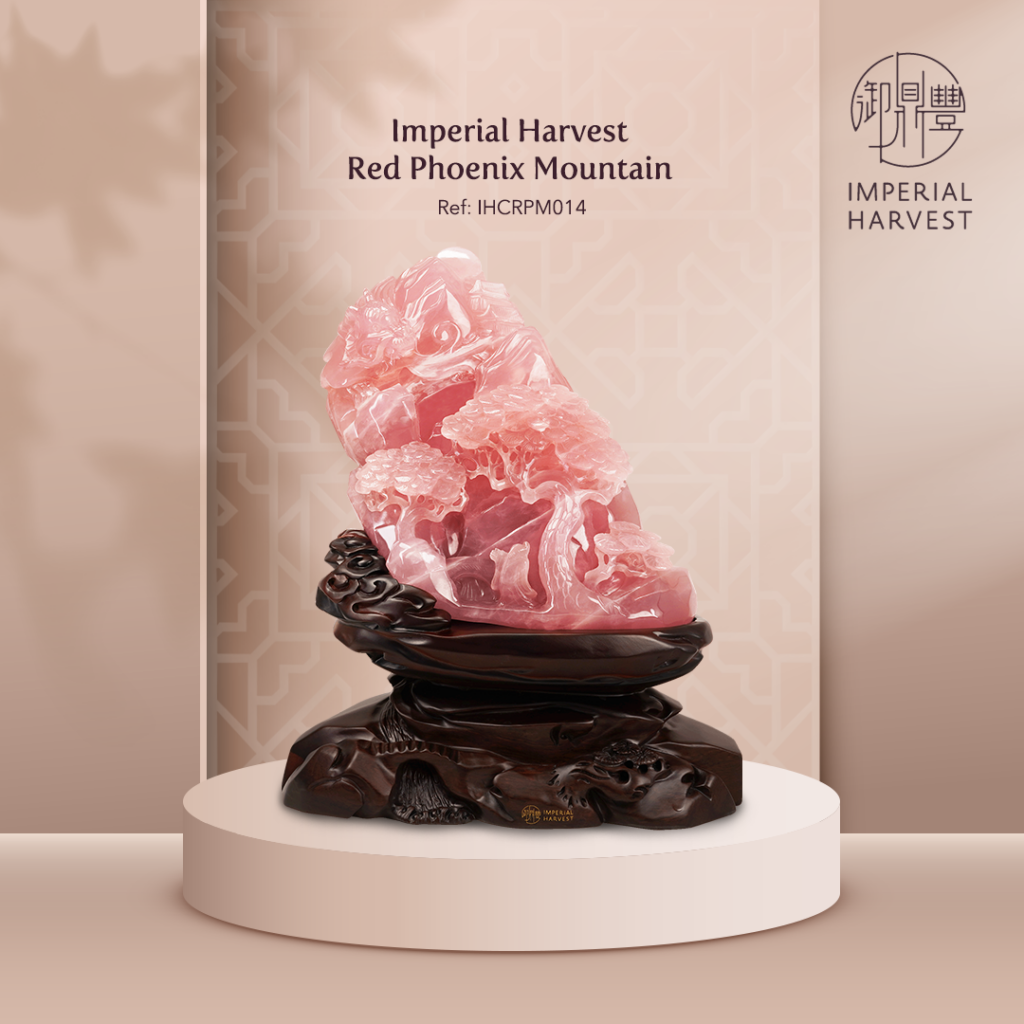
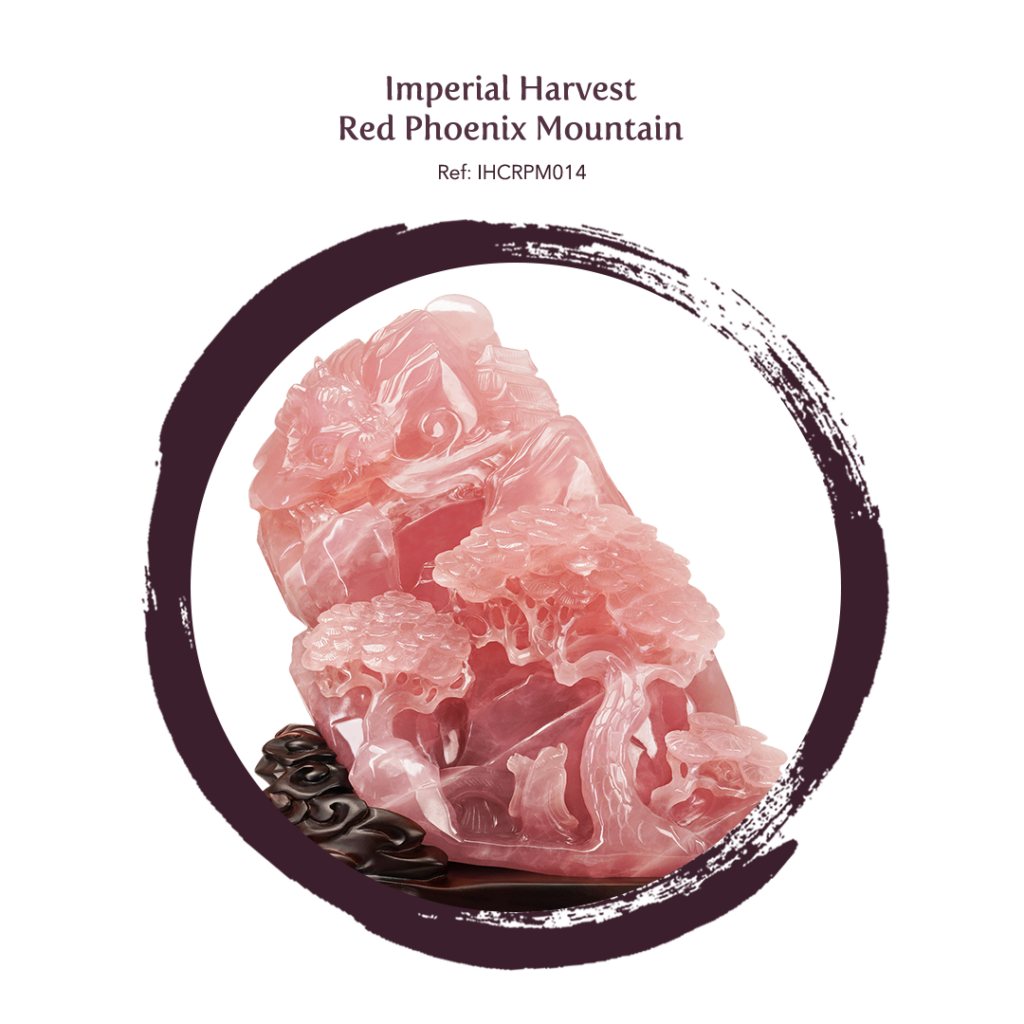
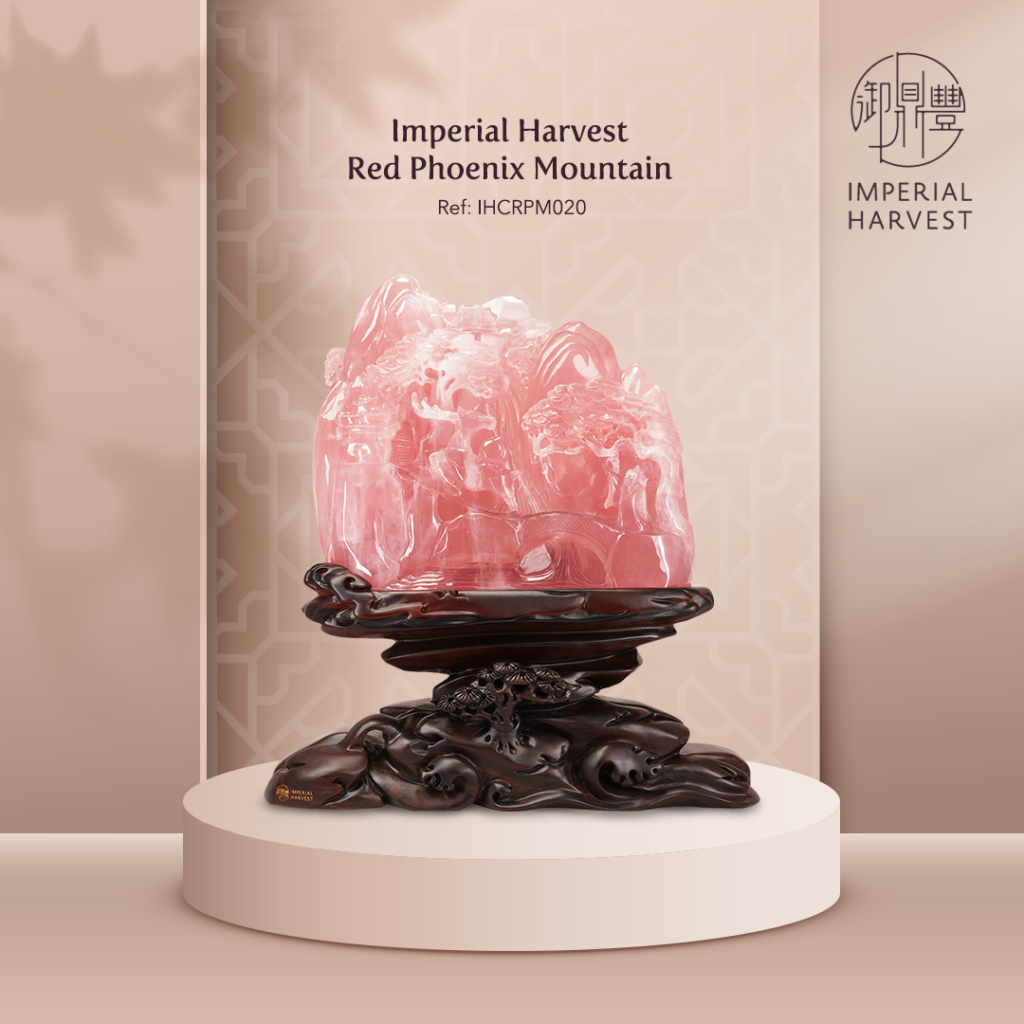
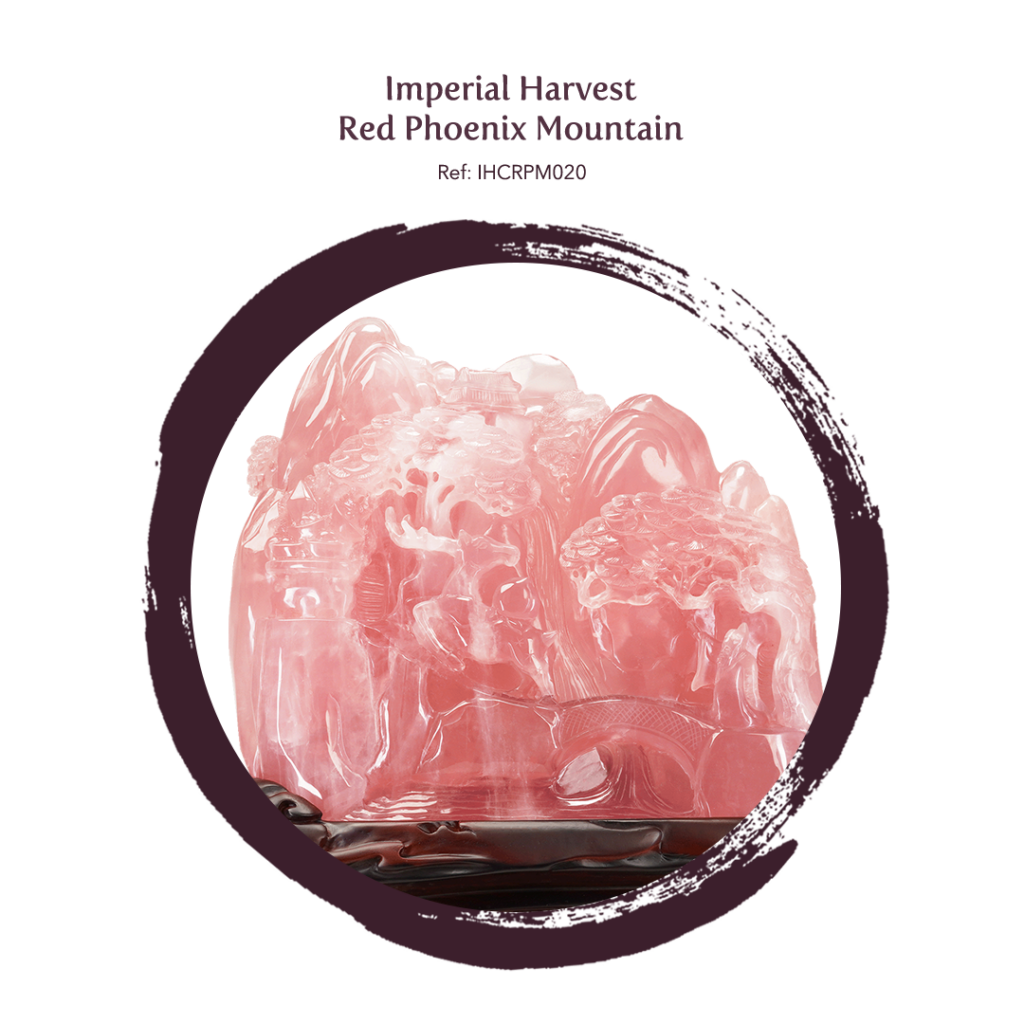
This recent addition to our extensive collection of personal treasures embodies beauty, refined elegance, superior craftsmanship, and lasting prosperity. Every detail of this exquisite treasure is meticulously crafted to harmonise seamlessly with the upcoming Period 9, a result of years of thorough research, design, and craftsmanship.
The collection represents a rich tapestry, carefully woven by Master David, aligning with the aspirations of those in pursuit of abundant prosperity and remarkable achievement. At the heart of this exceptional collection lies untreated, vivid-pink Rose Quartz—a gem renowned for its rarity, captivating beauty, and enchanting rosy-pink hues, standing out among other precious stones.
Imperial Harvest’s expert consultants are always on hand to guide you on your journey and provide you with insights to help you realise your fullest potential. Book a complimentary consultation today or contact us at +65 92301640.
We are located at
For prospective clients: Imperial Harvest402 Orchard Road
Delfi Orchard #02-07/08
Singapore 238876 For existing clients: Imperial Harvest Prestige
402 Orchard Road
Delfi Orchard #03-24/25
Singapore 238876
Related Articles
Most Read Articles
Get to read our life changing articles and get inspired.

A Comprehensive Guide to the History of Bazi (八字)
Estimated Reading Time: 5 mins Bazi (八字) is often mistakenly assumed as the Chinese counterpart of western Astrology. The similarities between both systems lie in their utilisation of birth dates and time in their calculations, and the ability to be read from a tabulated chart. Where Astrology may take into account the positions of different […]
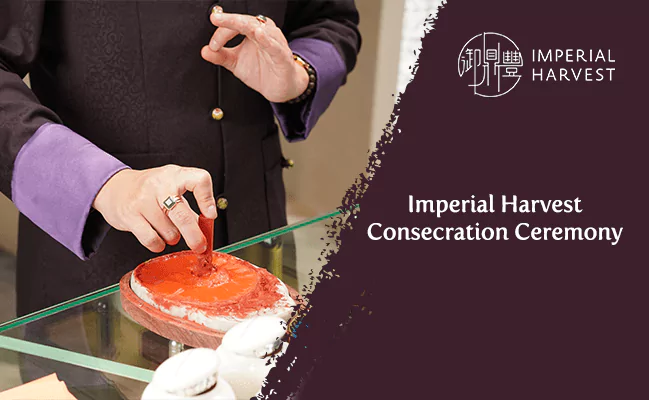
Imperial Harvest Consecration Ceremony
Estimated Reading Time: 5 mins At Imperial Harvest, each earthly treasure undergoes a series of consecration rites performed by Master David, before it is bestowed upon its blessed owner. Every aspect of these sacred Chinese anointing rituals is carefully examined and accurately represented in Master David’s blessings, reflecting Imperial Harvest’s deep respect for these esteemed […]
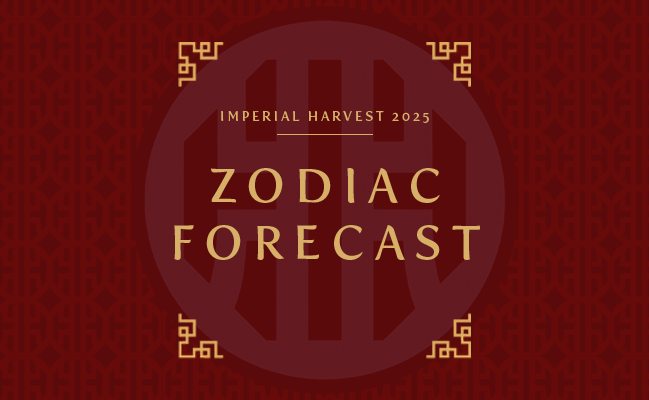
Imperial Harvest 2025 Zodiac Forecast
Estimated Reading Time: 7 mins The Year of the Wood Snake in 2025 brings a dynamic period of growth, transformation, and new beginnings. With its ambitious qualities, the Wood Snake’s influence offers unique opportunities for those who seek progress and renewal. Drawing from the time-honoured principles of Imperial Feng Shui, the Imperial Harvest 2025 Zodiac […]

